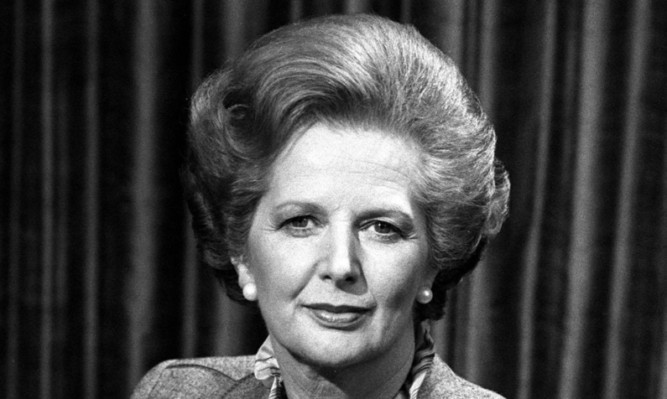Wide divisions within the Conservative Party over how the Government should respond to Argentina’s invasion of the Falklands are revealed as Margaret Thatcher’s 1982 private papers are made public.
While the Tories publicly presented a united front, briefing notes prepared for the Prime Minister demonstrate the polarised opinions she had to contend with in the early days of the crisis.
Until now the backroom deliberations have remained largely private but the notes are among those released by the Margaret Thatcher Archive Trust as it opens its files from a year which came to define Baroness Thatcher’s career.
They range from Ken Clarke, then a junior minister, arguing to “blow up a few ships but nothing more” to West Devon MP Peter Mills who warned “my constituents want blood”.
Historian Chris Collins, from the trust, said the papers reflected the “chaos” within the party and more widely following the surprise attack.
He added: “In the early days of the conflict there was great confusion and doubt on behalf of the party and more widely.
“People were feeling very down about the whole process and what was going to happen next.
“There was tremendous chaos. But of course a party has to show a united face as far as it can.”
On April 6, four days after the incursion, the Chief Whip, Michael Jopling, prepared a note for the Prime Minister saying: “You may like to have general reaction to events in the Falkland Islands.”
